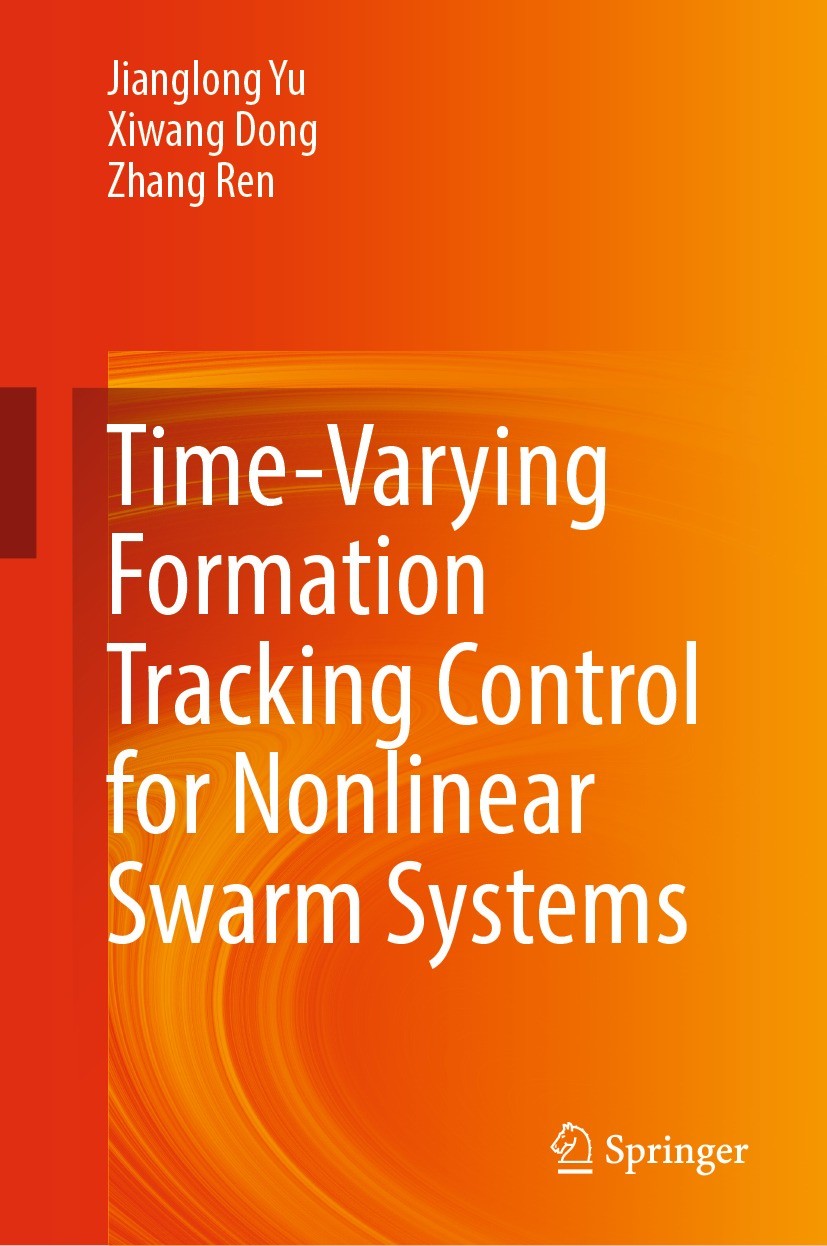| 书目名称 | Time-Varying Formation Tracking Control for Nonlinear Swarm Systems | | 编辑 | Jianglong Yu,Xiwang Dong,Zhang Ren | | 视频video | http://file.papertrans.cn/926/925568/925568.mp4 | | 概述 | Constructs the models of most nonlinear swarm systems.Studies the formation control issues for three kinds of nonlinear swarm systems.Provides a variety of effective means to deal with disturbances an | | 图书封面 |  | | 描述 | The book focuses on time-varying formation control approaches for practical nonlinear swarm systems. Time-varying formation control is the basic guarantee for performing other tasks of swarm systems, such as cooperative decision-making and cooperative detection. However, most practical swarm systems have nonlinear dynamic models. This book studies three typical models of practical nonlinear swarm systems, which represent most of the practical systems and construct the corresponding formation control structure. At the same time, the effects of disturbances, uncertain dynamics, random noise and unknown leader‘s input are considered and processed to improve the robustness and adaptability. The comprehensive and systematic treatment of practical nonlinear time-varying formation control issues is one of the major features of the book, which is particularly suited for readers who are interested to learn time-varying formation control solutions in nonlinear swarm systems. The book benefits researchers, engineers and graduate students in the fields of formation control, nonlinear control, robust control, etc. | | 出版日期 | Book 2023 | | 关键词 | Time-varying; Formation Tracking; Nonlinear Multi-agent System; Leader-Follower; Disturbances; Uncertain | | 版次 | 1 | | doi | https://doi.org/10.1007/978-981-99-2858-3 | | isbn_softcover | 978-981-99-2860-6 | | isbn_ebook | 978-981-99-2858-3 | | copyright | The Editor(s) (if applicable) and The Author(s), under exclusive license to Springer Nature Singapor |
The information of publication is updating

|
|
 |Archiver|手机版|小黑屋|
派博传思国际
( 京公网安备110108008328)
GMT+8, 2025-12-17 11:56
|Archiver|手机版|小黑屋|
派博传思国际
( 京公网安备110108008328)
GMT+8, 2025-12-17 11:56


